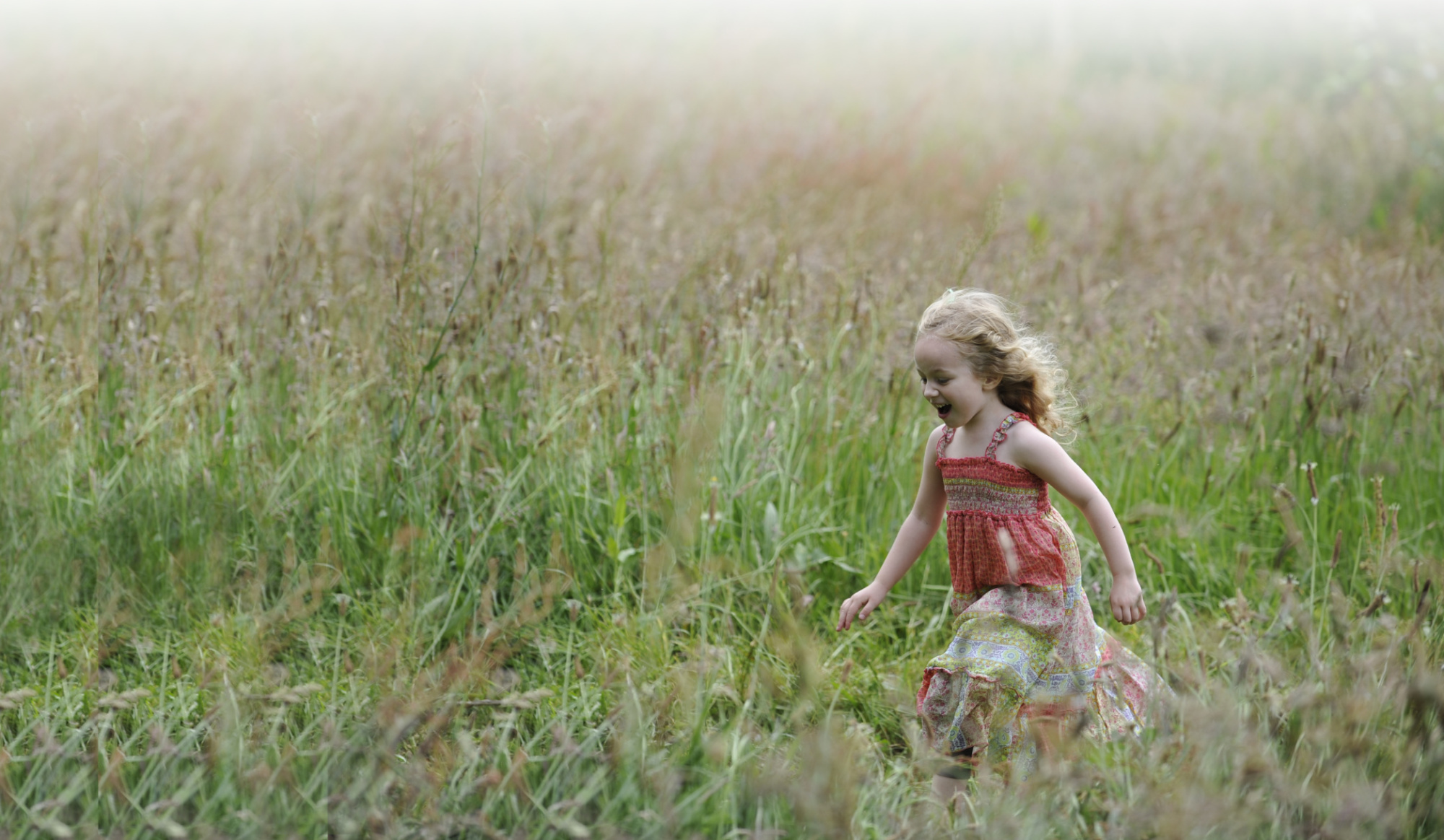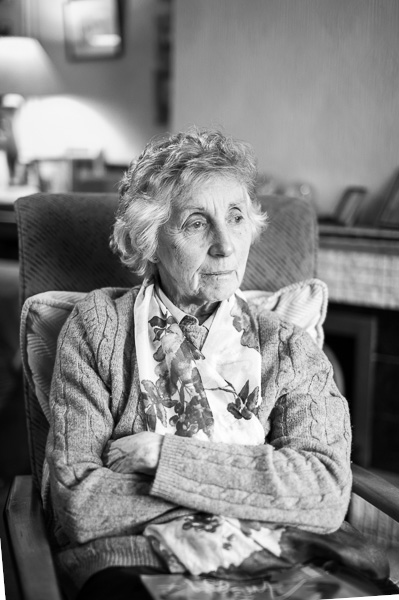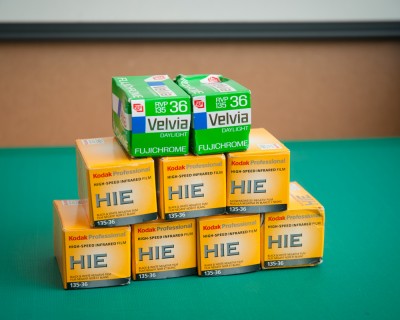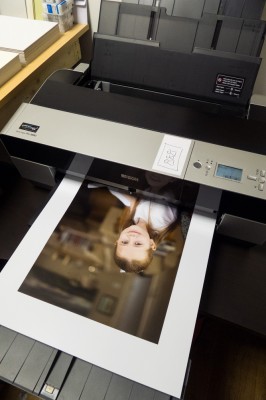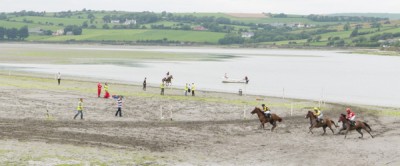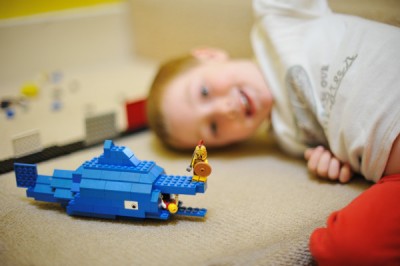So the January (now February) project was to shoot my Mother-in-Law. With a camera that is.
There’s perhaps more to this than it would seem. So what’s the point:
- To photograph someone you know quite well. I find this especially challenging, whether it’s one of my kids or someone in the family. In a session with a new sitter you discover an aspect of their personality and you capture that – whatever you can discover (and they let you see) in the time available. Familiar people are multi-facteted – you know more about their different sides and you need to decide what you want to capture – and then how to get them to show it to you (and then actually capture it).
- Come out from behind the camera. People interact with other people not machines. It’s plainly obvious in some shoots that a subject is very happy and relaxed while you’re chatting but as soon as the camera pops up to my eye they loose all that and go into ‘snapshot mode’. Not what I’m looking for. I’ve been looking at the way a number of my photographic idols worked and an integral part of getting out from behind the camera and being more direct with your subject (Avedon, Heisler to name drop a couple). I’ve tried this a couple of times and it’s been good. There are two parts to this one:
- Shoot with the ‘blad. I own a Hasselblad 500c and 150f4 lens (it’s on the left of the pic in the last post). I’ve used it once. I bought it mainly to try shooting with a waist level finder and come out from behind. I also wanted see what difference shooting medium format made (larger capture area, longer lenses)
- Shoot with the D700 on the tripiod with the release á la the ‘blad. I’ve done this a couple of times and it was a good experience but I still like shoot these portraits wide-open so I need to get the focusing thing right when not in total charge of the camera through the finder.
- To photograph a ‘stable’ subject. Photographing kids is great fun because they are so dynamic and so responsive. But never being able to rely on your subject staying in the same place doesn’t let you set up fancy portrait lighting or use manual focus or anything like that.
- Shoot for pleasure. The other thing about non-commercial work is that there’s no pressure. You get the chance to experiment. As long as they sitter gets a couple of nice shots it doesn’t matter if not all your experiments work out. You get the chance to learn from them in an environment where there isn’t a client expecting a range of perfect shots. If something works out then get it down pat and include it in your client work.
- Having taken on shooting with film for the Hasselblad, why not burn off some of that old film stock sitting in the fridge too? I get the pleasure of handling one of my favourite machines – the F4 (in F4e configuration for a change – doesn’t look as cool as the F4s but handles better) we’ll see how the film compared directly to the digital in the same scenario. While I’m at it there’s a few frames left in a old film that’s been in the FM2n for a while now. So strap the motor-winder on it and use those with that lovely Manual focus 50f1.2 AIS. At least I’ll find out if all this stuff still works.
- It also has to be said that Nana’s not getting any younger. She’s also usually a terrible sitter for photographs. She puts on this acidic stare when the camera appears or just talks all the time so her mouth is open all the time in a non-expression. So this is going to be something to take some care over.
Easy right? No. Fun? Well yes actually as it turns out.
With all the talk about fancy portrait set-ups I went for something straight forward. I went to her place partly cos it’s freezing here but also cos I thought she’d be more comfortable at home. I also like the context of shooting her in her own living room – where so much of life has taken place (second only to the kitchen but not much good light there). I did introduce a light for fill / hair at the end.
Again the challenge about shooting someone you know is choosing something appropriate for location, setting and style. Nana is at home, well ‘at home’. She’s also not that mobile so this works for her too.
More about how it went in the next post. The films have gone to processing but of course the advantage of the digital is that you don’t have to hang around for all that stuff anymore:
